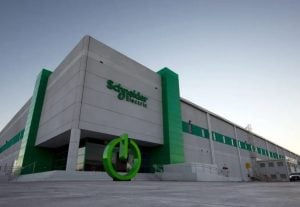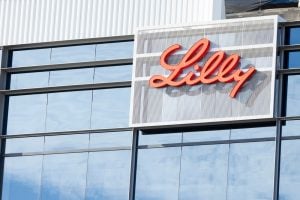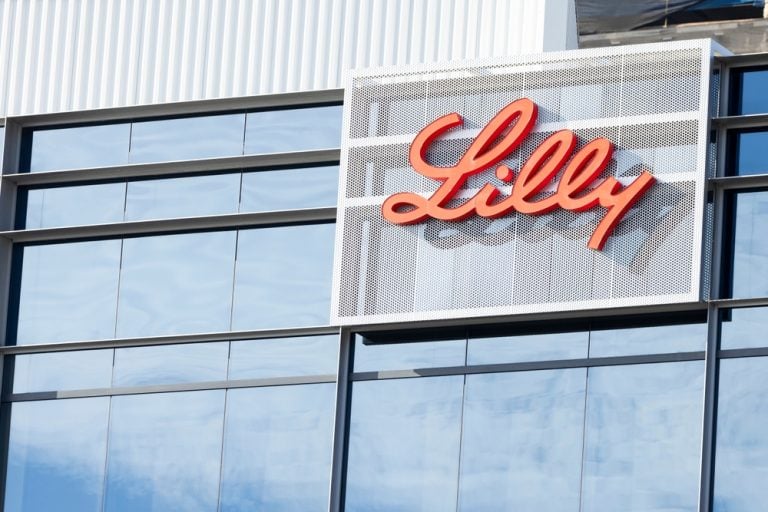Optiscan (ASX:OIL) is pioneering new standard of care in digital pathology and precision surgery
Platform particularly useful in diagnosis and excision of malignant tumours in operating theatres
US FDA De Novo clearance for Optiscan InVivage product intended for oral cancer imaging
Optiscan is on a path to revolutionise healthcare with its unique technology bringing together surgeons and pathologists to diagnose, treat and monitor patients with cancer.
Optiscan Imaging (ASX:OIL) CEO and managing director Dr Camile Farah says the company has been developing, field testing and perfecting its single fibre optic miniaturised confocal endomicroscope for the past two decades.
“Basically, we’ve taken a beam of light and focused it to a single point to penetrate tissue,” he says.
“By penetrating the tissue and focusing that light purposefully we can obtain microscopic images, which can be used to diagnose on the spot because of the high-fidelity of imaging resolution.”
Farah is a trained clinician and pathologist who has been leading the company for the last two years, transforming it from an OEM manufacturer to a pure play digital solutions provider.
He says the OIL platform is particularly useful for intraoperative pathology during surgery for the diagnosis and excision of malignant tumours and premalignant lesions.
He says the company’s technology allows surgeons and pathologists to work more closely together in real time to ensure the whole tumour is removed with a clear margin rather than waiting for results from a lab and often having to undertake revision surgeries.
“The technology also enables the surgeon to make an informed decision on the spot or have a pathologist help the clinician decide on the spot.”
“Our probe can scan a 3D lump in real time to obtain imaging at the single cell microscopic level, so the pathologist gets all the information they need to make a diagnosis on the spot,” he says.
“They can turn around to the surgeon who is in still in the operating theatre and say ‘I have examined the whole tumour for you’.”
Farah says one third of patients who have breast lumpectomy surgeries as an example return to the operating theatre for repeat surgery because the whole tumour has not been removed completely.
“Current surgical practice is not a precise science so what we’re trying to do is provide the surgeon with a precision tool to determine the clearance of their resection,” he says.
Improving efficiency in healthcare
Farah says with OIL’s platform, imaging is instant, bringing the surgical and pathology teams together to provide answers to patients in real time and creating efficiencies in health care.
“Independent calculations show that our technology can reduce lumpectomy operating time by at least 46%, with industry wide direct operating room savings of more than US $120 million annually in the US alone.
“This would result in surgeons completing their operations sooner with more accuracy, and greater capacity for other procedures to be carried out in freed up operating theatres.
“From an efficiency point of view, hospitals would be able to utilise their facilities for more procedures daily and generate more revenue while cutting down on waiting lists at the same time.”
“Insurers and payors should support the adoption of such new digital pathology technology because of the efficiencies it brings and the clinical gains for their customers.”
$$ billion global market potential
While OIL is focused on oncology, their platform can be applied to other health domains.
Farah says there is broad appeal for the technology including:
Doctors’ outpatient clinics for oral cancer diagnosis
Operating theatres for intraoperative surgical assessment
Endoscopy suites for monitoring chronic conditions such as Crohn’s disease
In the pathology lab to modernise current analogue procedures
“If we take the US for example, the total addressable market for our technology in breast surgery is around US$2.6 billion.
“If we consider the total recurrence costs are over US$6.4 billion, the potential for our technology and the benefit to health systems is significant, so being in the operating room makes sense for us strategically.”
Farah says in the case of pathology procedures the frozen section has remained unchanged over the last century.
“Transition to our slide-free, biopsy-free dynamic digital pathology workflow is revolutionary,” he says.
“It essentially replaces the frozen section with a digital equivalent, providing all the benefits of assessing pathology samples while scaling down the surgical pathology time by at least a quarter.
“That’s a significant amount of time and cost savings for both the surgeon and the pathologist.”
Farah says integrating OIL’s technology into GI endoscopy has the potential to generate substantial monetary gains for providers estimated at US$8 billion in additional revenue annually in the US alone.
He says earlier detection of colorectal cancers in the US could save the health system another US$3.8 billion.
Seeking FDA clearance of InVivage
OIL is currently seeking US Food and Drug Administration (FDA) De Novo clearance for its InVivage product intended for oral cancer imaging, after earlier this year getting feedback from the FDA.
The FDA told OIL because of the first-in-class nature of InVivage and novelty of its intended use, it could not evaluate substantial equivalence of its device/drug combination product due to the absence of a predicate.
“Because of our novel technology, Optiscan is pursuing the De Novo pathway and has accelerated completion of its submission to the FDA, which is anticipated shortly,” he says.
Furthermore, OIL is now also working towards other FDA De Novo applications for use of its technology in other clinical procedures including breast surgery and real-time digital pathology.
“We’re trying to accelerate the path to market, developing multiple hardware and software combinations and running parallel studies for new FDA submissions,” he says.
As Farah is focussed on expansion into the US, OIL last week announced the appointment of Brendan Fafiani as chief operating officer.
Fafiani is highly experienced in the introduction of new technologies into existing treatment pathways and will assume responsibility for operations at OIL’s Melbourne headquarters.
This article was developed in collaboration with Optiscan, a Stockhead advertiser at the time of publishing.
This article does not constitute financial product advice. You should consider obtaining independent advice before making any financial decisions.
The post ‘Diagnose on the spot’: Optiscan’s platform brings together surgeons and pathologists for better cancer outcomes appeared first on Stockhead.





















+ There are no comments
Add yours